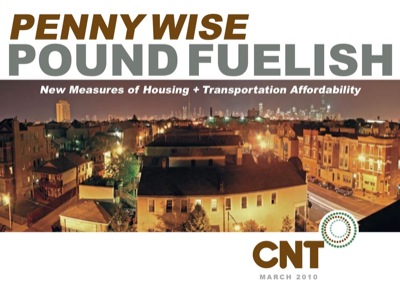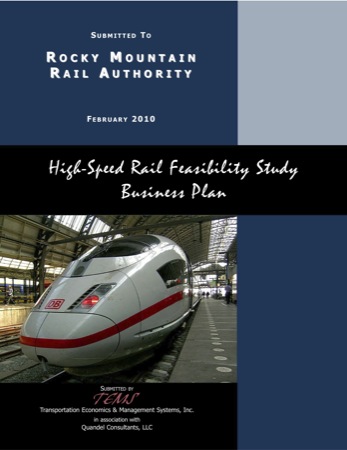A new report from the Center for Neighborhood Technology claims that living in smart-growth regions isn’t as unaffordable as some (such as the Antiplanner) claim because high housing costs are offset by lower transportation costs. However, the data behind the claims leave something to be desired. Specifically, what would be desired are data.

Instead of gathering data to back up its claims, the report (and several predecessors) is based on a model of household expenditures. The model assumes that people who live in denser neighborhoods drive less and ride transit more. The model assumes that transit is a perfect substitute for driving. The model assumes that those who drive pay the average costs of driving and those who ride transit pay only transit fares. (No one in the model has to pay for the huge transit subsidies.)








